Hundreds of foreign companies left Russia after the 2022 invasion of Ukraine, including major U.S. firms like Coca-Cola, Nike, Starbucks, ExxonMobil and Ford Motor Co.
But after more than three years of war, President Donald Trump has held out the prospect of restoring U.S.-Russia trade if there’s ever a peace settlement. And Russian President Vladimir Putin has said foreign companies could come back under some circumstances.
“Russia wants to do largescale TRADE with the United States when this catastrophic ‘bloodbath’ is over, and I agree,” Trump said in a statement after a phone call with Putin. “There is a tremendous opportunity for Russia to create massive amounts of jobs and wealth. Its potential is UNLIMITED.”
The president then shifted his tone toward Putin after heavy drone and missile attacks on Kyiv, saying Putin “has gone absolutely crazy” and threatening new sanctions. That and recent comments from Putin warning Western companies against reclaiming their former stakes seemed to reflect reality more accurately — that it’s not going to be a smooth process for businesses going back into Russia.
That’s because Russia’s business environment has massively changed since 2022. And not in ways that favor foreign companies.
And with Putin escalating attacks and holding on to territory demands Ukraine likely isn’t going to accept, a peace deal seems distant indeed.
Here are factors that could deter U.S. companies from ever going back:
Risk of losing it all
Russian law classifies Ukraine’s allies as “unfriendly states” and imposes severe restrictions on businesses from more than 50 countries. Those include limits on withdrawing money and equipment as well as allowing the Russian government to take control of companies deemed important. Foreign owners’ votes on boards of directors can be legally disregarded.
Companies that left were required to sell their businesses for 50% or less of their assessed worth, or simply wrote them off while Kremlin-friendly business groups snapped up their assets on the cheap. Under a 2023 presidential decree the Russian government took control of Finnish energy company Fortum, German power company Unipro, France’s dairy company Danone and Danish brewer Carlsberg.
Even if a peace deal removed the U.S. from the list of unfriendlies, and if the massive Western sanctions restricting business in Russia were dropped, the track record of losses would remain vivid. And there’s little sign any of that is going to happen.
While the Russian government has talked in general about companies coming back, “there’s no specific evidence of any one company saying that they are ready to come back,” said Chris Weafer, CEO of Macro-Advisory Ltd. consultancy. “It’s all at the political narrative level.”
Russia’s actions and legal changes have left “long-lasting damage” to its business environment, says Elina Ribakova, non-resident senior fellow at the Bruegel research institute in Brussels.
She said a return of U.S. businesses is “not very likely.”
‘We need to strangle them’
In a meeting at the Kremlin on May 26 to mark Russian Entrepreneurs Day, Putin said that Russia needed to throttle large tech firms such as Zoom and Microsoft, which had restricted their services in Russia after Moscow’s invasion of Ukraine, so that domestic tech companies could thrive instead.
“We need to strangle them,” Putin said. “After all, they are trying to strangle us: we need to reciprocate. We didn’t kick anyone out; we didn’t interfere with anyone. We provided the most favorable conditions possible for their work here, in our market, and they are trying to strangle us.”
He reassured a representative from Vkusno-i Tochka (Tasty-period) — the Russian-owned company that took over McDonald’s restaurants in the country — that Moscow would aid them if the U.S. fast food giant tried to buy back its former stores. Asked for comment, McDonald’s referred to their 2022 statement that “ownership of the business in Russia is no longer tenable.”
Not much upside
On top of Russia’s difficult business environment, the economy is likely to stagnate due to lack of investment in sectors other than the military, economists say.
“Russia has one of the lowest projected long-term growth rates and one of the highest levels of country risk in the world,” says Heli Simola, senior economist at the Bank of Finland in a blog post. “Only Belarus offers an equally lousy combination of growth and risk.”
Most of the opportunity to make money is related to military production, and it’s unlikely U.S. companies would work with the Russian military-industrial complex, said Ribakova. “It’s not clear where exactly one could plug in and expect outsize returns that would compensate for this negative investment environment.”
Repurchase agreements
Some companies, including Renault and Ford Motor Co., left with repurchase agreements letting them buy back their stakes years later if conditions change. But given Russia’s unsteady legal environment, that’s tough to count on.
The Russian purchasers may try to change the terms, look for more money, or ignore the agreements, said Weafer. “There’s a lot of uncertainty as to how those buyback auctions will be enforced.”
But what about the oil and gas?
Multinational oil companies were among those who suffered losses leaving Russia, so it’s an open question whether they would want to try again even given Russia’s vast oil and gas reserves. US.. major ExxonMobil saw its stake in the Sakhalin oil project unilaterally terminated and wrote off $3.4 billion.
Russia’s major oil companies have less need of foreign partners than they did in the immediate post-Soviet era, though smaller oil field services might want to return given the size of Russia’s oil industry. But they would have to face new requirements on establishing local presence and investment, Weafer said.
Some never left
According to the Kyiv School of Economics, 2,329 foreign companies are still doing business in Russia, many from China or other countries that aren’t allied with Ukraine, while 1,344 are in the process of leaving and 494 have exited completely. The Yale School of Management’s Chief Executive Leadership Institute lists some two dozen U.S. companies still doing business in Russia, while some 100 more have cut back by halting new investments.
EU sanctions could remain even if US open
U.S. sanctions are considered the toughest, because they carry the threat of being cut off from the U.S. banking and financial system. But the EU is still slapping new rounds of sanctions on Russia. Even if U.S. sanctions are dropped, EU sanctions would continue to present compliance headaches for any company that also wants to do business in Europe.




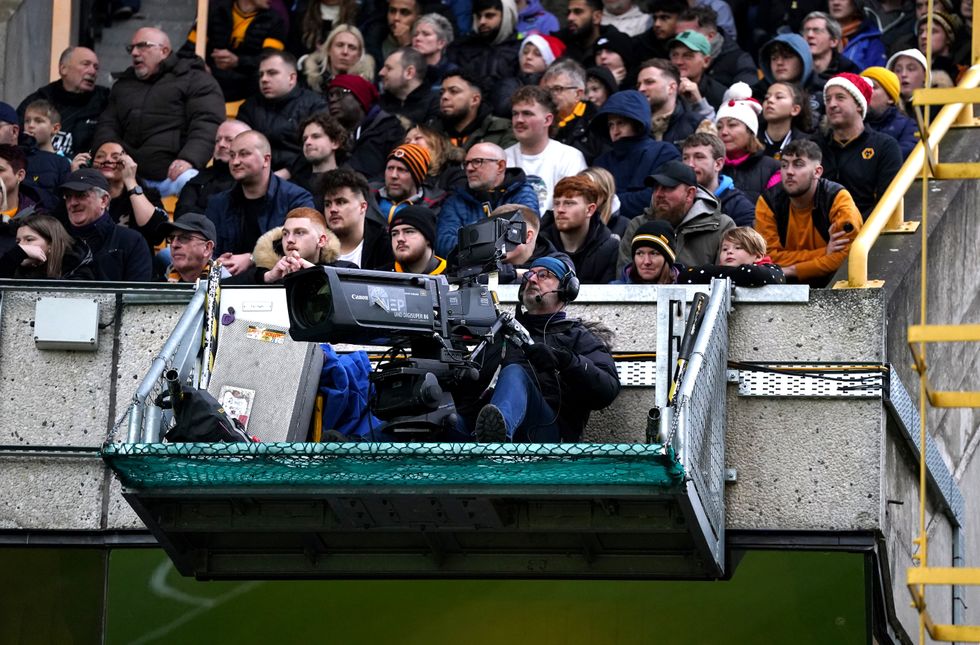
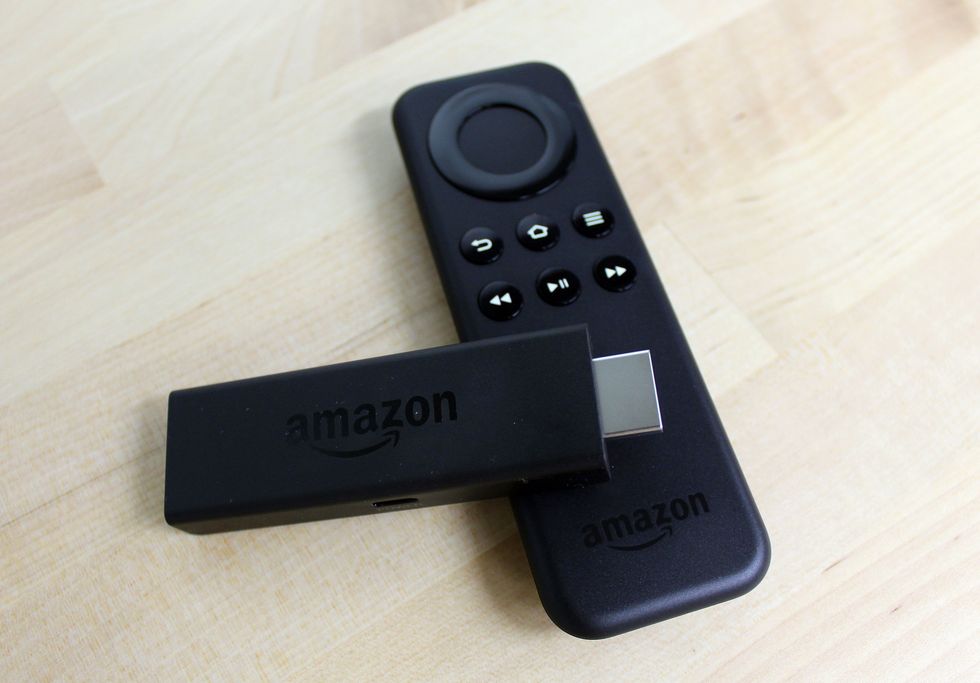
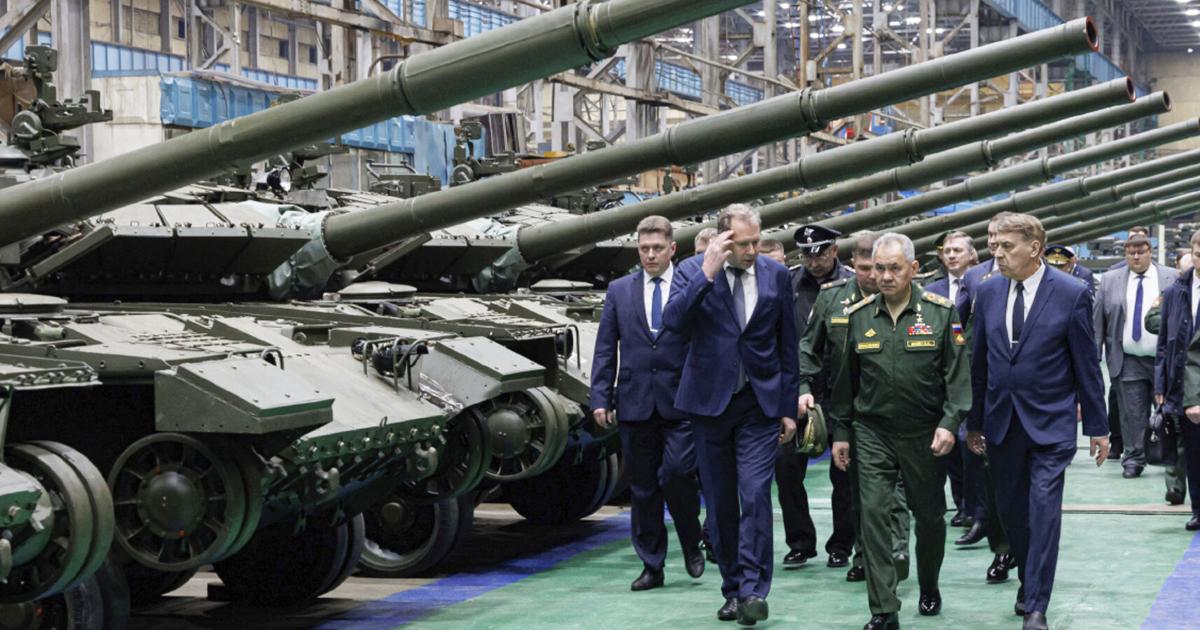

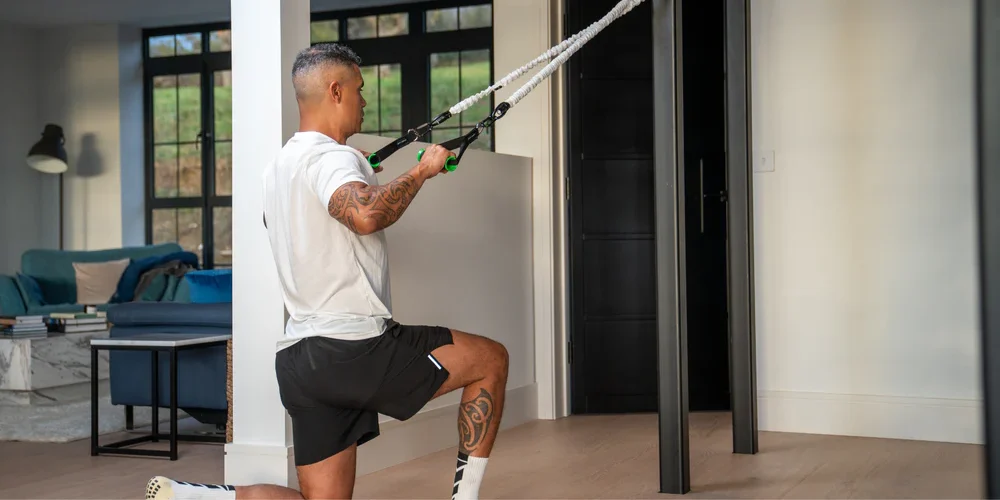
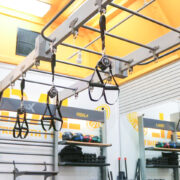





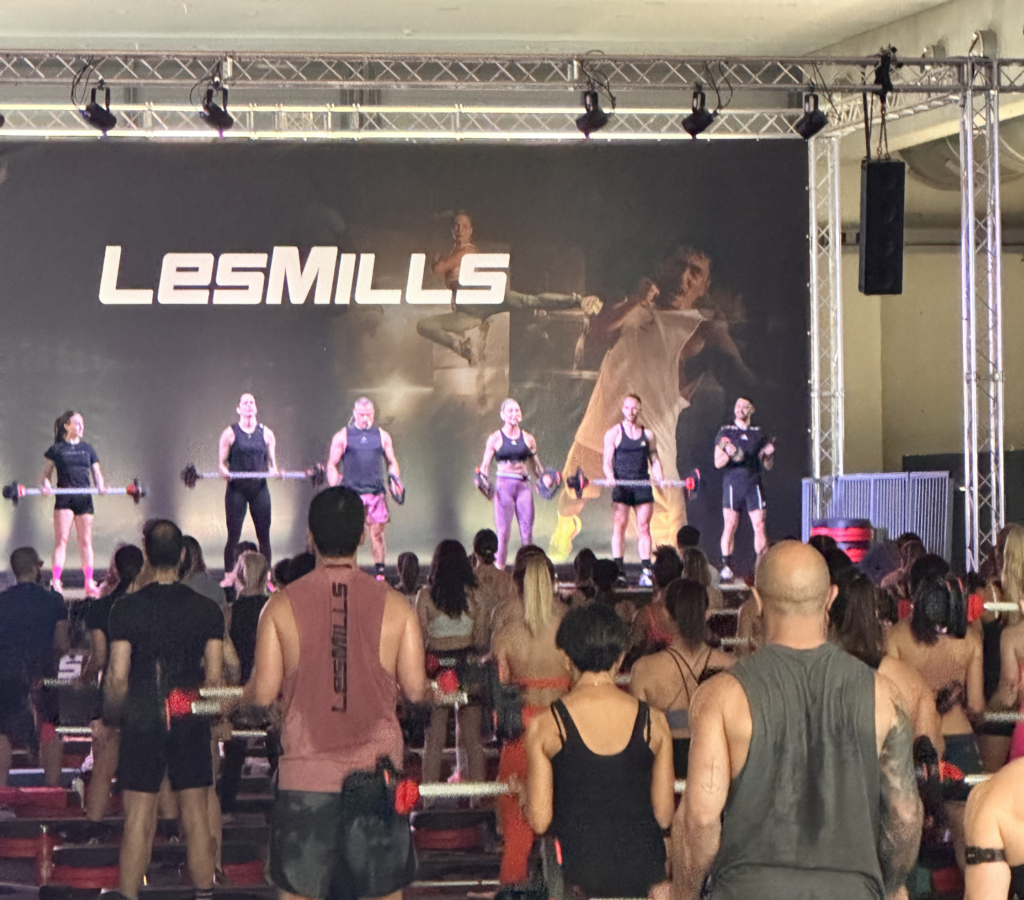
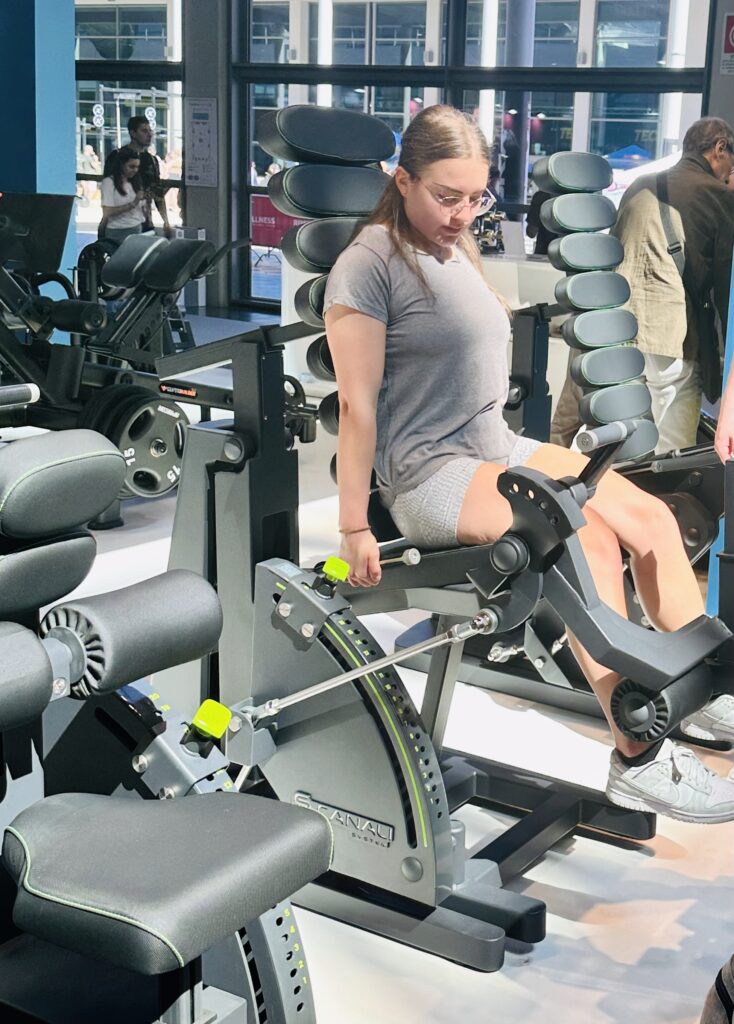






































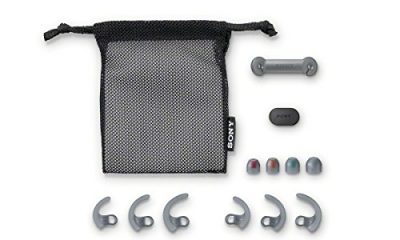



 Stephen A. responds to LeBron’s NBA coverage criticism | First Take
Stephen A. responds to LeBron’s NBA coverage criticism | First Take









